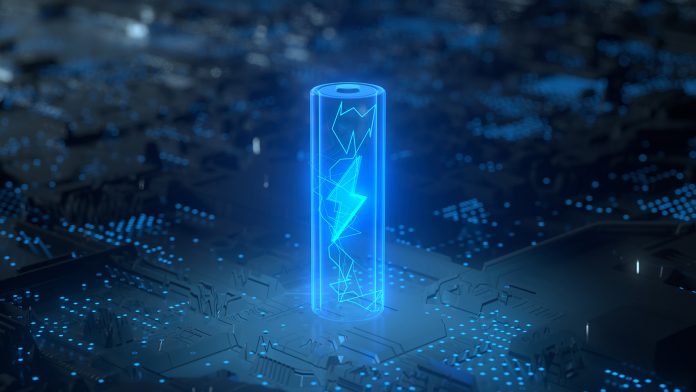A study on the viability of recovering energy from single-use, discarded batteries was published in Volume 69, Issue 6 of the journal IEEE Transactions on Industrial Electronics by a group of researchers from Taiwan. The team concentrated its research efforts on this area under the direction of Professor Chien-Hsing Lee, in order to advance a circular economy for spent batteries.
Alkaline and zinc-carbon batteries are widely found in numerous self-powered gadgets. Since the bulk of the 15 billion batteries that are made and sold each year around the globe end up in landfills, these batteries are thrown away after they have been used. But it is not necessary to be that way. It is believed that these batteries still contain some energy, even though they are no longer functional. Batteries that are thrown away typically have up to 50% energy in them. Therefore, it may be possible to extract this energy from the batteries. According to Professor Lee, who explained his motivation for the study, “Draining the small amount of energy remaining from household batteries is a starting point for waste reduction, and the proposed energy recovery method serves as an effective tool to reutilise a large number of discarded primary batteries.”
The researchers developed a new technique in their study, termed “self-adaptive pulse discharge” (SAPD), which can be applied to determine the optimal pulse frequency and duty cycle values. They control how much current the old batteries discharge. The amount of recovered energy is directly proportional to the discharge current. Additionally, the researchers created a hardware prototype for their proposed method. This was done in order to recover the remaining capacity of a battery bank that could accommodate between six and ten distinct types of batteries. With a recovery efficiency of between 33% and 46%, they were able to recover between 798 and 1,455 J of energy from these batteries.
The researchers discovered that for a discarded primary cell, the short-circuit discharge (SCD) approach had the maximum discharge rate at the start of the discharge cycle. On the other hand, the SAPD method revealed a higher discharge rate at the end of the discharge cycle. The amount of energy recovered by applying the SCD and SAPD methods was 32% and 50%, respectively. But by combining these approaches, researchers were able to save 54% of the energy. A few discarded AA and AAA batteries were selected for energy recovery in order to verify the viability of combining the approaches. This led to the successful recovery of 35% to 41% of the energy.
While it may not seem advantageous to extract a little quantity of energy from a single spent battery, Professor Lee noted that when many used batteries are used, the amount of energy that may be recovered increases substantially. It was proposed that there could be a direct relationship between recovery efficiency and the remaining capacity of discarded batteries.
Regarding the potential applications of their research, Professor Lee said, “The model and the prototype developed can be used for battery types other than AA and AAA. Rechargeable batteries, such as lithium-ion batteries, can also be examined in order to learn more about the variation among various batteries, in addition to various types of single-use batteries. The results of this study may have an effect on the energy sector, opening the door for the global transition to a sustainable future.



Leave A Comment